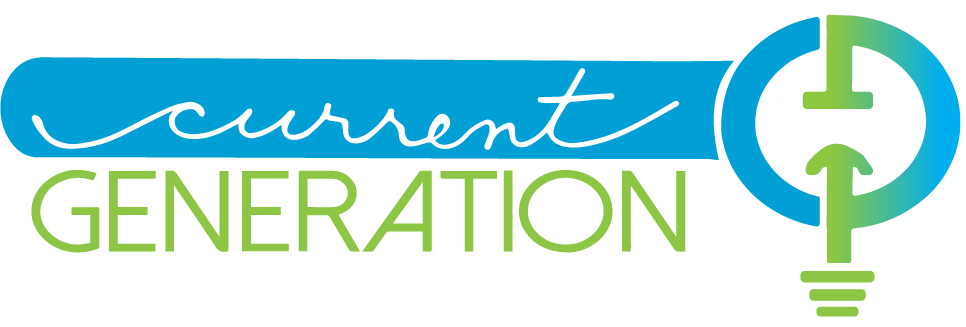Today’s Students
– Making Electricity
– Building a Movement
We are a group of students who use their in class learning to make a difference in the world by solving real problems for real people – locally and globally.
- Providing education to all the world is one of the problems that students can understand and to which there are many smaller problems.
- Light Poverty and Access to Teachers by students anywhere are two problems we have chosen to address.
Mission
- To inspire this generation of students to use their learning to make a difference in the world and simultaneously learn STEAM disciplines in transdisciplinary projects.
- To build authentic relationships between students with their global peers.
- To create a movement where students all over the globe use STEAM to solve real problems for real people.
Vision
- Students from all over the world will use their class time to solve real problems for real people around the world with their global peers as partners.
- Students will use their many varied talents and gifts to contribute to large, multifaceted solutions (contextualized personalized learning to gain confidence).
- Students will appreciate how all of the disciplines and talents are required to work together to provide a whole solution (gain humility).
- Students will make global friends and develop empathy and an authentic world view (become global citizens).
Values
- We demonstrate our values that we adopted from SHAD International with actions.
- We demonstrate Creativity by allowing students to start with a foundation entry point and growing in many directions from modifying light cases, designing their completely new case, designing their own circuits, designing the Current Generation Logo, and documenting their work. While teachers guide, it is largely the students who define where they go.
- Responsibility by ensuring safety is at the top of the list. New Electric designs are vetted by professionals before they are sent to our global partners. Designs that are lean on 3D printed plastic, that use rechargeable batteries, that encourage solar, that mine batteries from obsolete laptop batteries are preferred. (Perhaps this is more appropriate for a booklet for sale?)
- Diversity by finding ways to incorporate all skills and talents in the solution. There is need for fine motor skills in the soldering, 3D spatial arrangements for CAD designs, problem solving to troubleshoot circuits, video production, letter writing and accounting to name just a few. This allows students to excel and gain confidence, try new things and gain humility.
- Excellence by making sure that the “work is done right” and also that we are “doing the right work”.
- Community by connecting local students in a unified cause to use STEAM to make the world better. We do not want to repeat mistakes of the past where best intentions may not have included the voices of the people who are actually in the field living with the issues we are attempting to improve. The relationship between the designing students and the field testers is a critical part of the program, working towards continual interaction and avoiding one-of events.
Teaching Strategies
- Use areas of confidence to explore unknown areas of insecurity. Some students are confident with a skill, but are uncertain about content. Perhaps a person who is confident at videography will explore Ohm’s Law by making a video about how to use Current Generation circuits to teach Ohm’s Law. Other students are confident with knowledge and skills like drawing to explore global issues by making a poster or someone great with formulas a chance to peer tutor others. Use strengths to explore areas of insecurity. (Seth’s and Braeden’s story)
- Balance the unequal power dynamic of Privilege giving to Poverty to a partnership. One way to do this is building a relationship with more than one interaction. The design thinking process requires empathizing or understanding the context of the problem, this also helps build a relationship. The last part of the design thinking process requires feedback. We send imperfect products to our partner students who then field test it, run it through its paces and report back. They become partners in the process. One group of students produced a design that was top heavy and would keep falling over. They dismissed my suggestions. But when our Dominican Field testers reported back that it was top heavy and kept falling over, they were motivated to fix it promptly.

